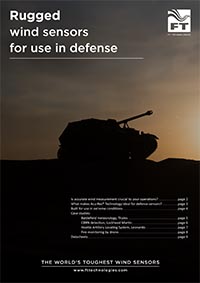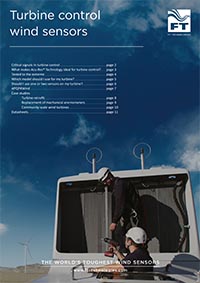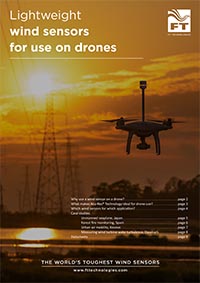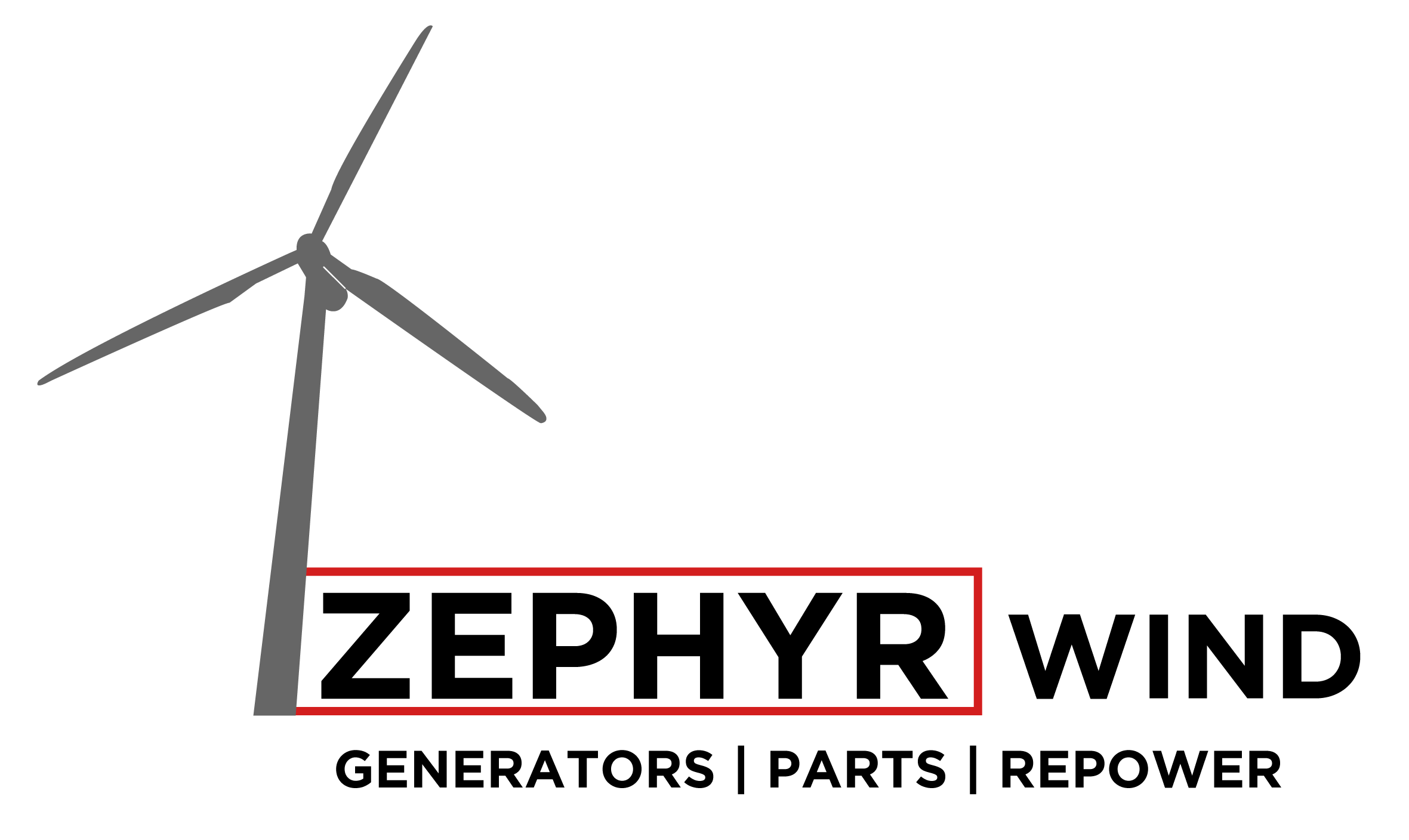Development of a sensor suite for atmospheric boundary layer measurement with a small multirotor unmanned aerial system
Small unmanned aerial systems (sUAS) are increasingly being used to conduct atmospheric research. Because of the dynamic nature and inhomogeneity of the atmospheric boundary layer (ABL), the ability of instrumented sUAS to make on-demand 3-dimensional high-resolution spatial measurements of atmospheric parameters makes them particularly suited to ABL investigations. Both fixed-wing and multirotor sUAS have been used for ABL investigations. Most investigations to date have included in-situ measurement of thermodynamic quantities such as temperature, pressure and humidity. When wind has been measured, a variety of strategies have been used. Two of the most popular techniques have been deducing wind from inertial measurement unit (IMU) and global navigation satellite system (GNSS) calculations or measuring wind using multi-hole pressure probes. Derived calculations suffer from low refresh rates and multi-hole probes have a finite cone of acceptance and are limited in accuracy below a minimum requisite velocity. Hence, a hovering multirotor sUAS, conducive to making measurements at a specific point or within an obstacle-laden environment, may not be able to accurately measure modest atmospheric winds. This work details the development of an instrumentation suite for the measurement of thermodynamic and kinematic atmospheric parameters, along with the ability to telemeter data, while hovering.














